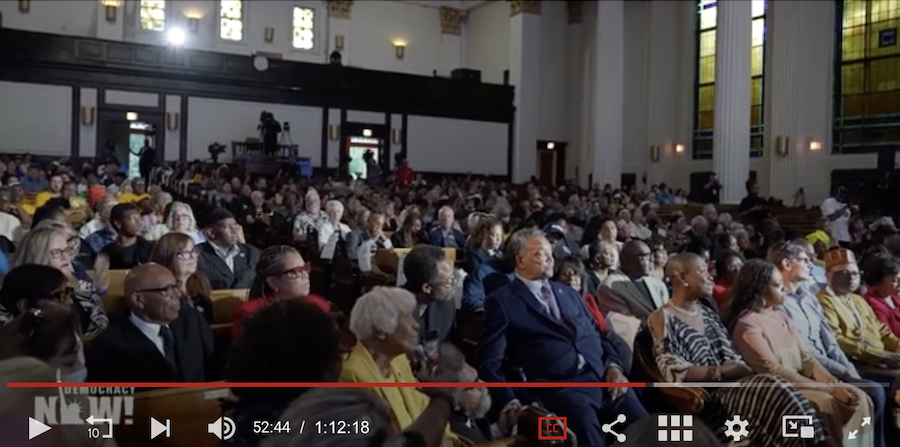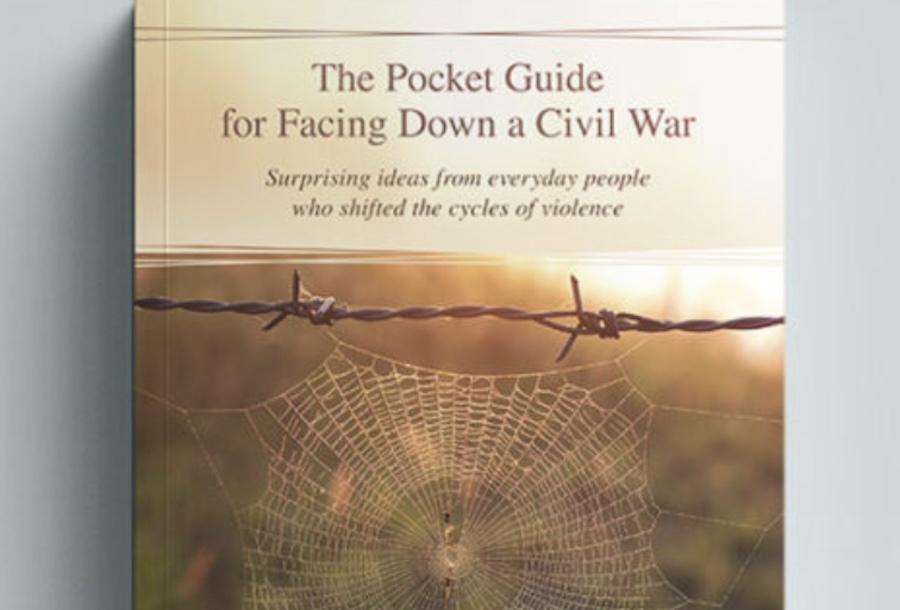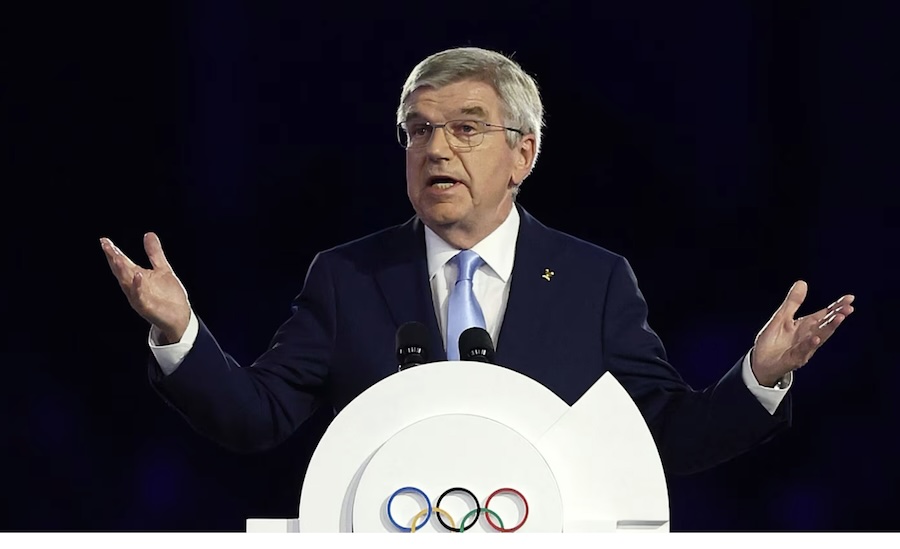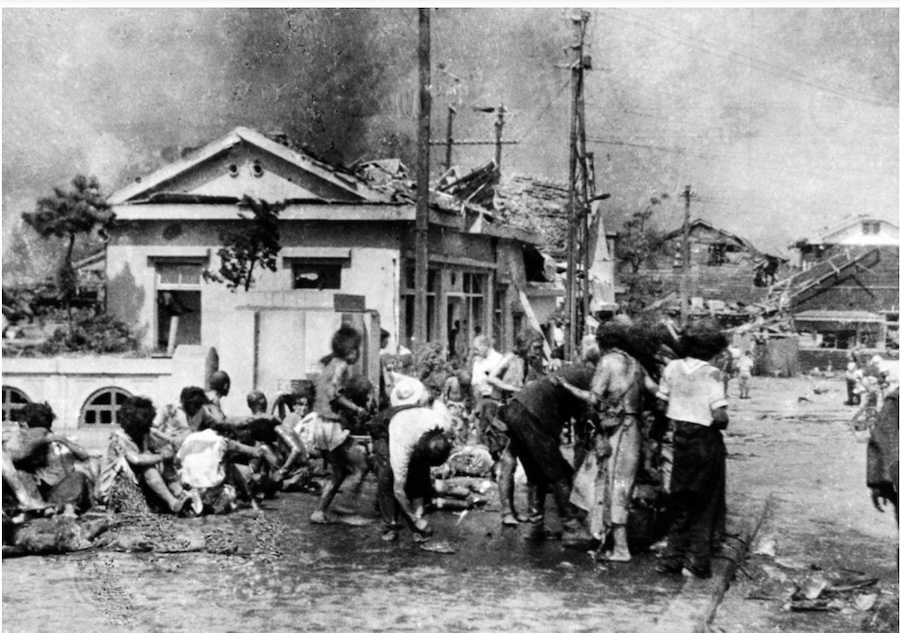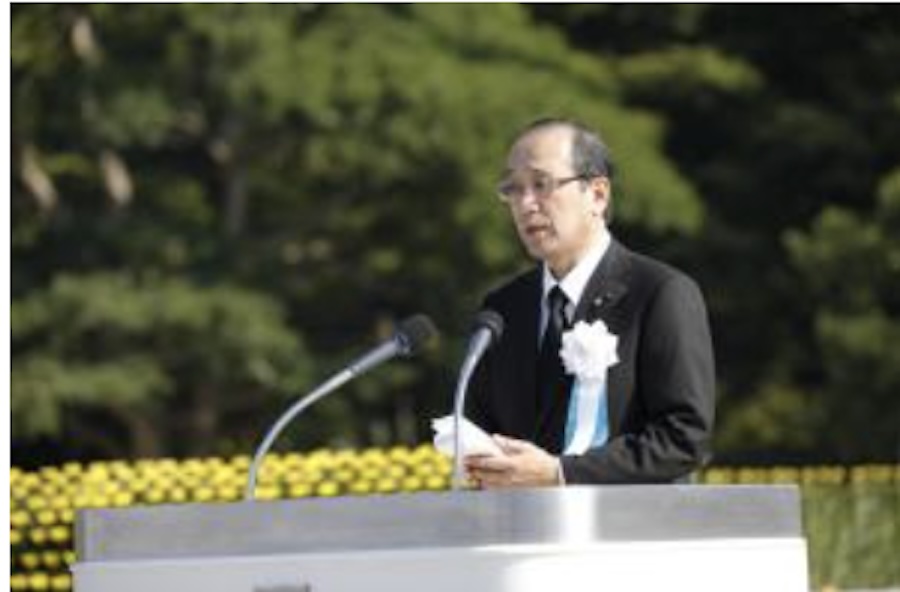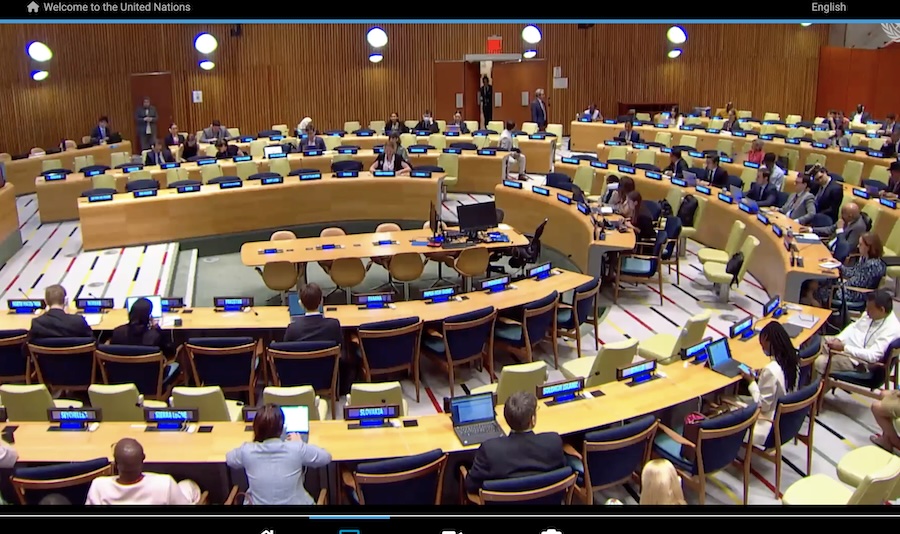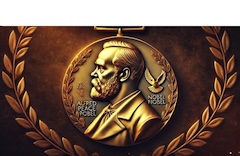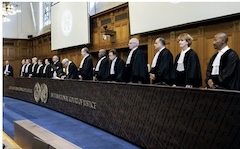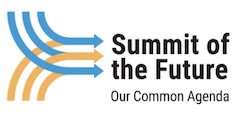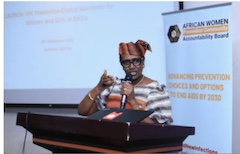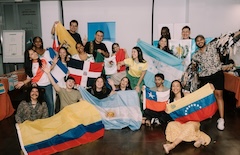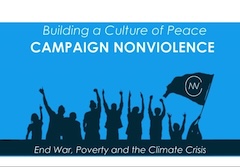. WOMEN’S EQUALITY .
An article from UN Women
We live in a rapidly digitizing world, with over 67 per cent of the global population using the internet as of this year. Digital technologies and data have a critical role in fulfilling the Sustainable Development Goals – the global blueprint for people and the planet – and as “digital natives”, young people are at the forefront of adopting and innovating with new technologies. Worldwide, 79 per cent of people aged between 15 and 24 use the internet, significantly more than the rest of the population (65 per cent, as of 2023.)
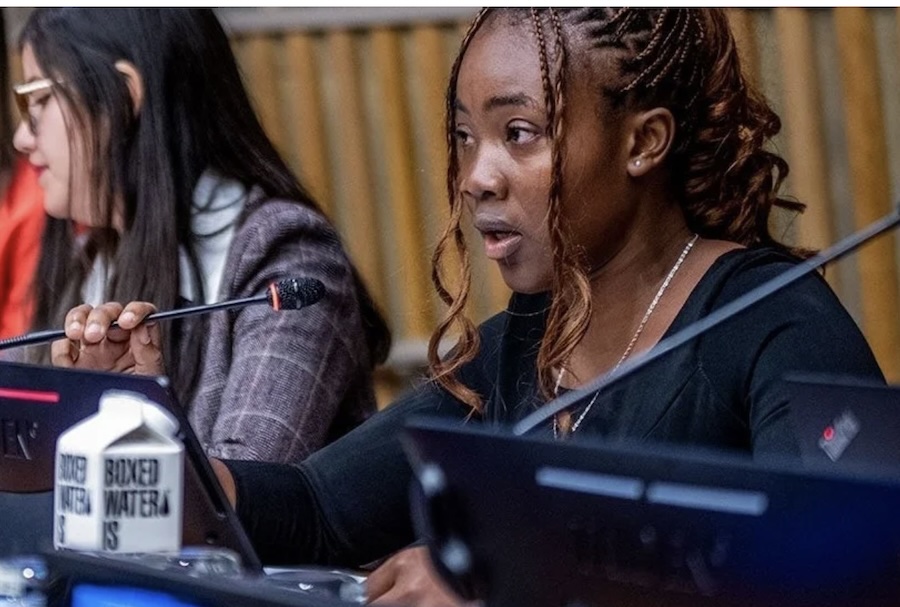
Hawa Yokie spoke as a youth panellist at an event during the 67th session of the Commission on the Status of Women at the UN Headquarters in New York. Photo: UN Women/Catianne Tijerina
On International Youth Day (12 August), marked under the theme, “From Clicks to Progress: Youth Digital Pathways for Sustainable Development”, UN Women spoke to Hawa Yokie, member of the UN Women Generation Equity Youth Task Force and the co-founder and CEO of the Kamara Yokie Innovation Center in Sierra Leone. The first of its kind in Sierra Leone, the Innovation Center offers a safe, multicultural space for young people to learn digital technologies.
From youth-led community development to innovation and technology
Hawa Yokie was always curious about how things worked. Although her family wanted her to study law, she was interested in science and technology. She sneaked into the computer lab in school and taught herself computer skills.
“I’ve always wanted to see how I can create change and make an impact in my community,” said 24-year old Yokie from her home town, Kenema.
As part of a community development service group that visited rural communities in Sierra Leone and talked to young people about issues that affected them, Yokie had first-hand information about what young people needed.
Soon after completing high school, during one of her visits to a village near Kenema, she discovered that most of the girls had dropped out of school and were pregnant or had already given birth. One of the challenges that the girls highlighted to Yokie was the lack of electricity to study.
“In rural communities where there is no access to electricity, girls get limited time to study at night [because they have to do household chores during the day], leading to low performance in school and ultimately dropping out of school,” she explained.
Thus started Yokie’s innovation journey. She started researching and teaching herself about renewal energy. With the help of a mentor, she learned about solar energy and created a new technology – SolWind – which combined solar and wind energy to generate electricity for the community.
“We were able to power 50 houses there,” shared Yokie.
A centre for learning digital technology and innovation
When Yokie went to the university in Freetown, Sierra Leone’s capital, she realized that many young people didn’t know how to use a computer. During the COVID-19 pandemic, she saw her peers struggle to adapt to online classes.
Witnessing their challenge, Yokie started computer literacy classes for students in the university, and from there, she moved on to teaching and inspiring younger children.
“So we went to schools and started teaching kids computer literacy, coding and programming,” said Yokie. Recognizing the importance of inspiring young minds, Yokie and her friends launched a campaign in 2021 – STEM for Us by Us. The campaign connected people working in STEM fields with young people interested in STEM careers.
In 2023, together with her friend Abu Kamara, Yokie launched the Kamara Yokie Innovation Center – a first-ever in Sierra Leone – a safe space by and for young people to learn digital technologies.
(Article continued in right column)
Can the women of Africa lead the continent to peace?
(Article continued from left column)
“By then, we had already established 15 STEM clubs [through the STEM for Us campaign] and had impacted over 5,000 young students across Sierra Leone,” said Yokie.
The Kamara Yokie Innovation Center works directly with schools and communities and teaches an array of skills – from digital literacy to computer programming, robotics, electronics, 3D design, and drone technology.
The Center then encourages the students to innovate and problem-solve. “We have had students who learned drone technology and are using it to map out safety issues during the rainy season [when it floods], and show environmental degradation and sanitation issues. And, we have had students who used hydroponics for agriculture,” said Yokie.
The organization also helps students get funding to implement the solutions in their schools and communities.
How digital tools enhance learning for youth
“What we do at the Center, the digital tools that we have, have really impacted these kids,” said Yokie. “They have helped them use their imagination and learn in an easy and fun way.” She claims that the children who come to the Center perform exceptionally well in school.
When asked what digital skills are especially relevant for young people in the country, Yokie said computer skills and digital literacy were a priority for young people in Sierra Leone, along with coding and programming skills, 3-D design and robotics.
For Yokie, the future is digital, and she wants young people in Sierra Leone prepared to seize the opportunities.
Gender stereotypes and the importance of mentorship for girls in technology
“I couldn’t study science. What if my parents had allowed me to pursue science, where would I have been today,” wonders Yokie.
The prevalent gender norms and stereotypes limited Yokie’s education choices as a young girl. Her parents wanted her to study law, instead of science.
“When we were doing the solar installation, we had to climb up the roof. Someone told me: ‘You should not climb on top of a roof to do installation. That’s a man’s job’.”
Yokie and thousands of girls and young women around the world are battling such stereotypes every day. And for them, mentorship matters.
“There are only a few women in tech in Sierra Leone that I know of,” said Yokie. “Mentorship is really important, and to have mentors believe in what you’re doing and supporting you… it really changed my life.”
With 70 per cent of their programmes focusing on girls, the Kamara Yokie Innovation Center aims to improve access to digital learning for girls and also offers them mentorship.
“One of the biggest challenges that I face is access to funding,” said Yokie. “It’s hard [to find] funding for women-led organizations.”
African youth-led solutions to problems
Hawa Yokie dreams big. She wants to create even more impact.
“Since 2021 to now, we have been able to impact about 7,000 young students. We want to increase that number. But we also want to reach students and communities across Sierra Leone and even outside of Sierra Leone.”
Her dream is for the Innovation Center to become a solution hub where African youth can design and innovate unique solutions for the problems that communities across Africa are facing.
“For Africa, it’s good if we innovate in our culture, create technologies that work for us instead of copying what other countries is doing.”
Message for the International Youth Day
“Technology is here to stay. We need to use technology as a tool to create impact and reach places so that our voices are heard. We need to use tech for good.”
– – – – – –
If you wish to make a comment on this article, you may write to coordinator@cpnn-world.org with the title “Comment on (name of article)” and we will put your comment on line. Because of the flood of spam, we have discontinued the direct application of comments.

